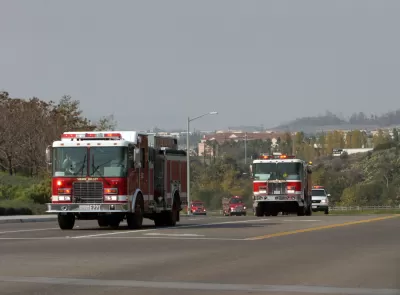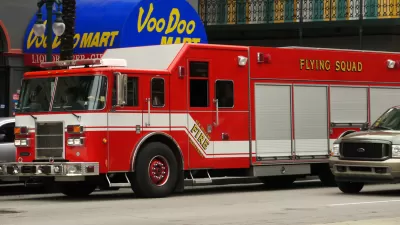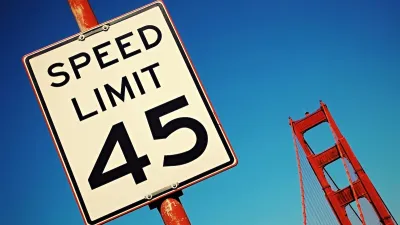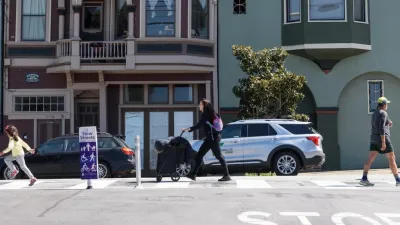A few pioneering fire departments are making room for safety (while demanding less space) on city streets.

An article by Angie Schmidt reports on the early signs of a shift in the politics of street design in the United States. First, the background on the relationship between fire safety and traffic safety:
Fire officials often insist on wide clearance to operate their large vehicles, which can be at odds with the principles of safe street design. When cities want to narrow car lanes or add bike lanes to make streets safer for walking and biking, fire departments often water down or even stop the plans before they can get started. Even though traffic fatalities outnumber fire deaths in the U.S. by more than 10 to 1, fire officials tend to get the final word.
That familiar narrative isn't true in every corner of the country, however, and Schmidt points to Portland, Oregon, "where the Fire Department participates in the street design process led by the city’s Bureau of Transportation," for an example.
The Portland Fire Department's support safe streets doesn't stop during the design process, the Fire Department has followed up by tracking the performance of streets after changes.
“There has been no reduction in response times by working with urban planners and transportation leaders to build out Portland,” [Portland Fire Chief] Myers said on a recent webinar hosted by the National Association of City Transportation Officials.
Schmidt also finds another example in San Francisco, where the city has purchased eight smaller "'Vision Zero' engines made by Ferrara Fire Apparatus that can execute sharper turns than typical American fire trucks," according to Schmidt.
FULL STORY: How Fire Departments Stopped Worrying and Embraced Safer Street Design

Alabama: Trump Terminates Settlements for Black Communities Harmed By Raw Sewage
Trump deemed the landmark civil rights agreement “illegal DEI and environmental justice policy.”

Study: Maui’s Plan to Convert Vacation Rentals to Long-Term Housing Could Cause Nearly $1 Billion Economic Loss
The plan would reduce visitor accommodation by 25% resulting in 1,900 jobs lost.

Planetizen Federal Action Tracker
A weekly monitor of how Trump’s orders and actions are impacting planners and planning in America.

Wind Energy on the Rise Despite Federal Policy Reversal
The Trump administration is revoking federal support for renewable energy, but demand for new projects continues unabated.

Passengers Flock to Caltrain After Electrification
The new electric trains are running faster and more reliably, leading to strong ridership growth on the Bay Area rail system.

Texas Churches Rally Behind ‘Yes in God’s Back Yard’ Legislation
Religious leaders want the state to reduce zoning regulations to streamline leasing church-owned land to housing developers.
Urban Design for Planners 1: Software Tools
This six-course series explores essential urban design concepts using open source software and equips planners with the tools they need to participate fully in the urban design process.
Planning for Universal Design
Learn the tools for implementing Universal Design in planning regulations.
Caltrans
Smith Gee Studio
Institute for Housing and Urban Development Studies (IHS)
City of Grandview
Harvard GSD Executive Education
Toledo-Lucas County Plan Commissions
Salt Lake City
NYU Wagner Graduate School of Public Service





























